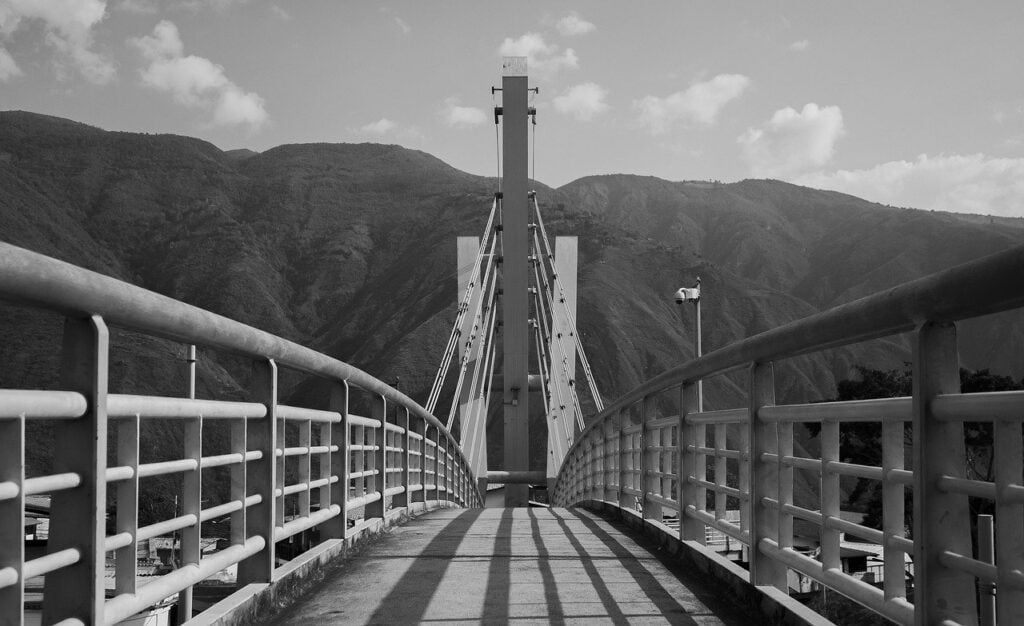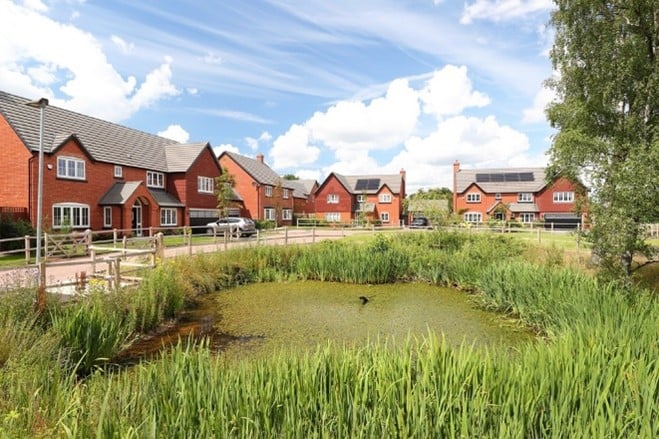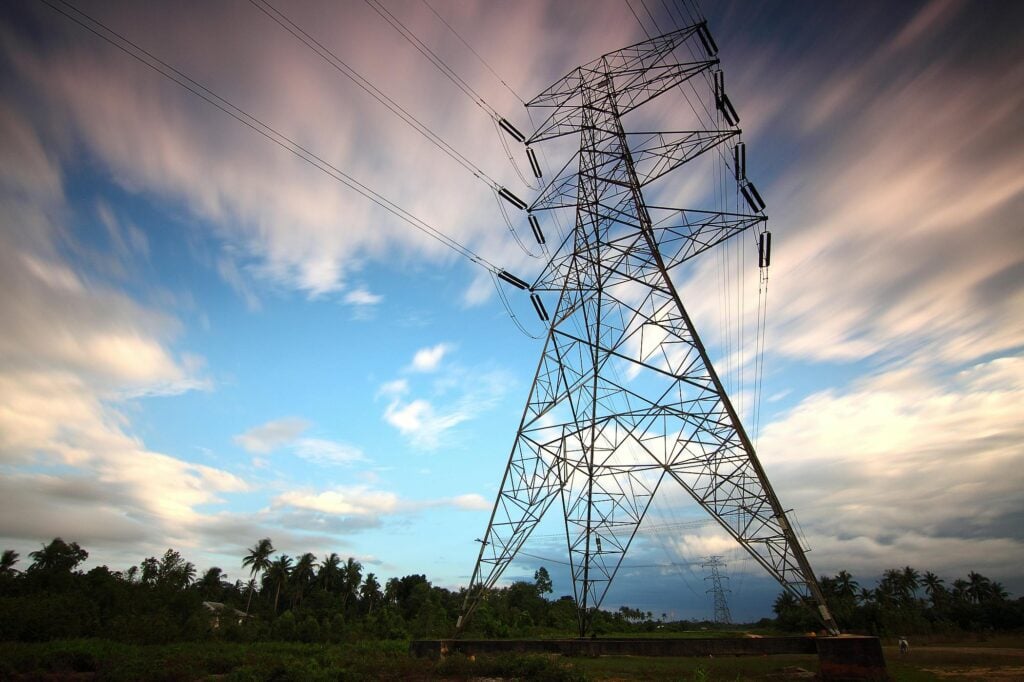
Building Smarter from the Start
December 15, 2025
At Brookbanks, we know that time and budget are often the defining factors in any project. That’s why we focus on delivering timely, value-driven outcomes through smarter design strategies.
In this episode of the Brookbanks Podcast hosted by Ben Wakeling, guests Paul Coombs, Senior Civils Engineer and Andrew Wilkinson, Director, share their experience and reflections on the evolving landscape of Sustainable Drainage Systems (SuDS).
SuDS are designed to replicate natural drainage processes, offering a more sustainable alternative to traditional underground systems. Andrew encourages listeners to explore the evolving regulations such as the National Standards for SuDS (updated July 2025), and compares England’s position to the journey already travelled in Wales, with concepts such as SuDS Approval Bodies (SABS) being in place.
Guidance highlights how SuDS can deliver multiple benefits, improving water quality, enhancing amenity, and supporting biodiversity, while managing flood risk. Essentially, Engineers/Designers want to mimic nature in providing flood protection through use of SuDS, rather than defaulting to concrete or underground “traditional” drainage in order to provide multiple benefits to water quality and amenity and not just dealing with water volumes.
One of the key barriers to SuDS adoption is the commuted sum, the financial value assigned to assets handed over for long-term maintenance. Paul notes that while designers have tools to cost schemes, inconsistent rates and under-utilisation of software often leave this task to commercial teams. He proposes the development of an online calculator to provide consistent, realistic values for SuDS assets, potentially linked to carbon costing tools to support sustainable decision-making.

SuDS offer clear benefits to communities and ecosystems, having well maintained watercourses that convey water through catchments allows for wildlife to flourish and improved water quality. But their maintenance requirements can be a sticking point. Traditional drainage systems are easily serviced with standard equipment, whereas SuDS features like swales require different approaches. This can create friction during design reviews, particularly with local authority highways teams accustomed to conventional methods. Education and greater adoption will make these challenges easier to face, as new tools and methods are used.
While this podcast isn’t a comprehensive training session, it offers valuable insights into the practical realities of SuDS design and adoption. Paul and Andrew’s reflections underscore the need for innovation, collaboration, and consistency in how SuDS are implemented and maintained.





At Brookbanks, we know that time and budget are often the defining factors in any project. That’s why we focus on delivering timely, value-driven outcomes through smarter design strategies.

Attendance at the IHEEM Healthcare Estates Conference 2025 in Manchester offered critical insights into the evolving landscape of NHS estates management and engineering, with a renewed focus shaped by recent government funding allocations to this sector. The event’s 2025 theme, “Prevention Is Better Than Cure,” resonated across discussions, placing proactive strategic planning, compliance, and innovation at the heart of future estates improvement, particularly regarding net zero commitments and sustainability.

In our latest podcast, Grant Vasey, Director for our Mechanical and Electrical Engineering Group, and Mat Capper, Director of Utilities, delves into one of the most pressing challenges facing UK industry today: Industrial Energy Security.